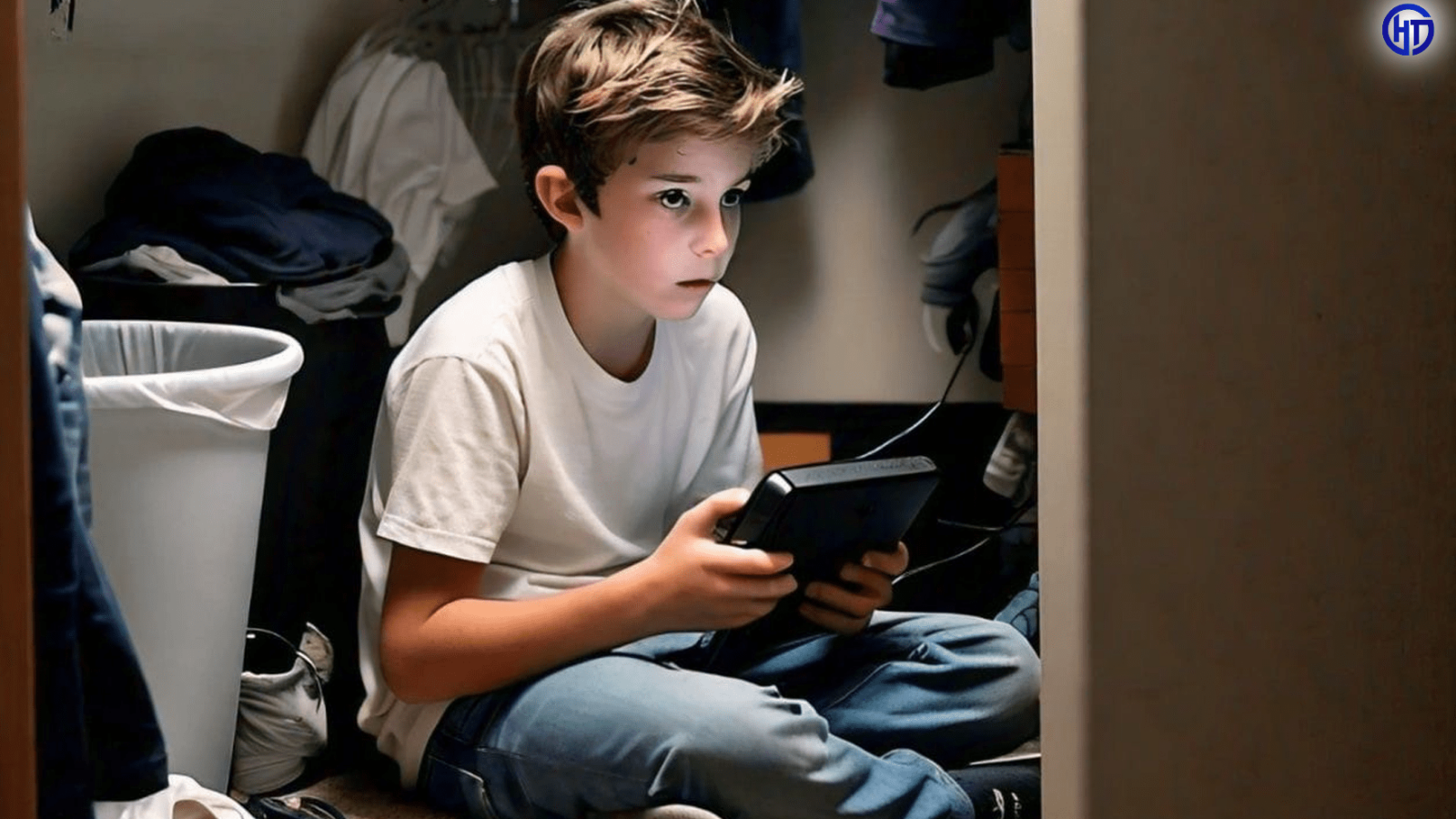In today’s digital age, the internet is a double-edged sword. While it’s a treasure trove of information and learning, it also harbors content that’s not suitable for all ages, especially children. Among these, pornography and the premature engagement in activities like masturbation, due to exposure to sexually explicit material, are of significant concern. It’s crucial to understand the potential dangers of allowing kids access to such content at an early age and the reasons why preventing exposure is necessary for their healthy development.
The Impact on Psychological Development
Children’s brains are in a constant state of development and are highly impressionable. Exposure to pornography can skew their understanding of healthy sexual relationships and body image. It can create unrealistic expectations and notions about sex that are far from the complexities and emotional depth of genuine human intimacy. Such early exposure can lead to confusion, shame, and anxiety, impacting their psychological development and self-esteem.
The Risk of Developing Unhealthy Habits
Premature exposure to pornography usually results in unhealthy habits, part of which is reliance on pornographic material for sexual arousal, distancing them from the emotional and relational aspects of sexuality. Over time, this can hinder their ability to form healthy, intimate relationships.
The Alteration of Neural Pathways
Research suggests that the frequent exposure to pornography can alter the neural pathways in the brain, similar to how addictive substances do. For children, whose brains are especially malleable, this can lead to addictive behaviors and difficulty in managing impulses and emotions. This re-wiring can make it challenging for them to find satisfaction in everyday pleasures and can escalate into more problematic behaviors as they grow.
Social Consequences
Children exposed to pornography at an early age may develop distorted views on gender roles and consent, leading to inappropriate behaviors towards peers. This can result in social isolation, bullying, and difficulties in forming healthy social relationships. The secretive nature of their activities can also create a barrier between them and their parents or guardians, leading to a lack of trust and open communication.
How to Protect Children
- Open Communication: Create an environment where children feel safe discussing any subject, including the content they encounter online.
- Education: Rather than shaming, educate children about sexuality in an age-appropriate manner, focusing on respect, consent, and healthy relationships.
- Use of Parental Controls: Employ tools and software to monitor and limit access to inappropriate content.
- Lead by Example: Model responsible internet use and share your values regarding respect and privacy.
Conclusion
Protecting children from the early exposure to pornography and the potential misuse of masturbation is not about instilling fear or shame around sexuality. It’s about ensuring their sexual development occurs in a healthy, age-appropriate manner. By taking proactive steps to shield them from explicit content, in and out of their homes, we can help foster their growth into well-rounded, emotionally intelligent individuals capable of forming deep, meaningful relationships. The responsibility lies with us, the parents, guardians, older siblings, school teachers, etc, to guide them through the complexities of the digital world, preserving their innocence while preparing them for a healthy adult life.

